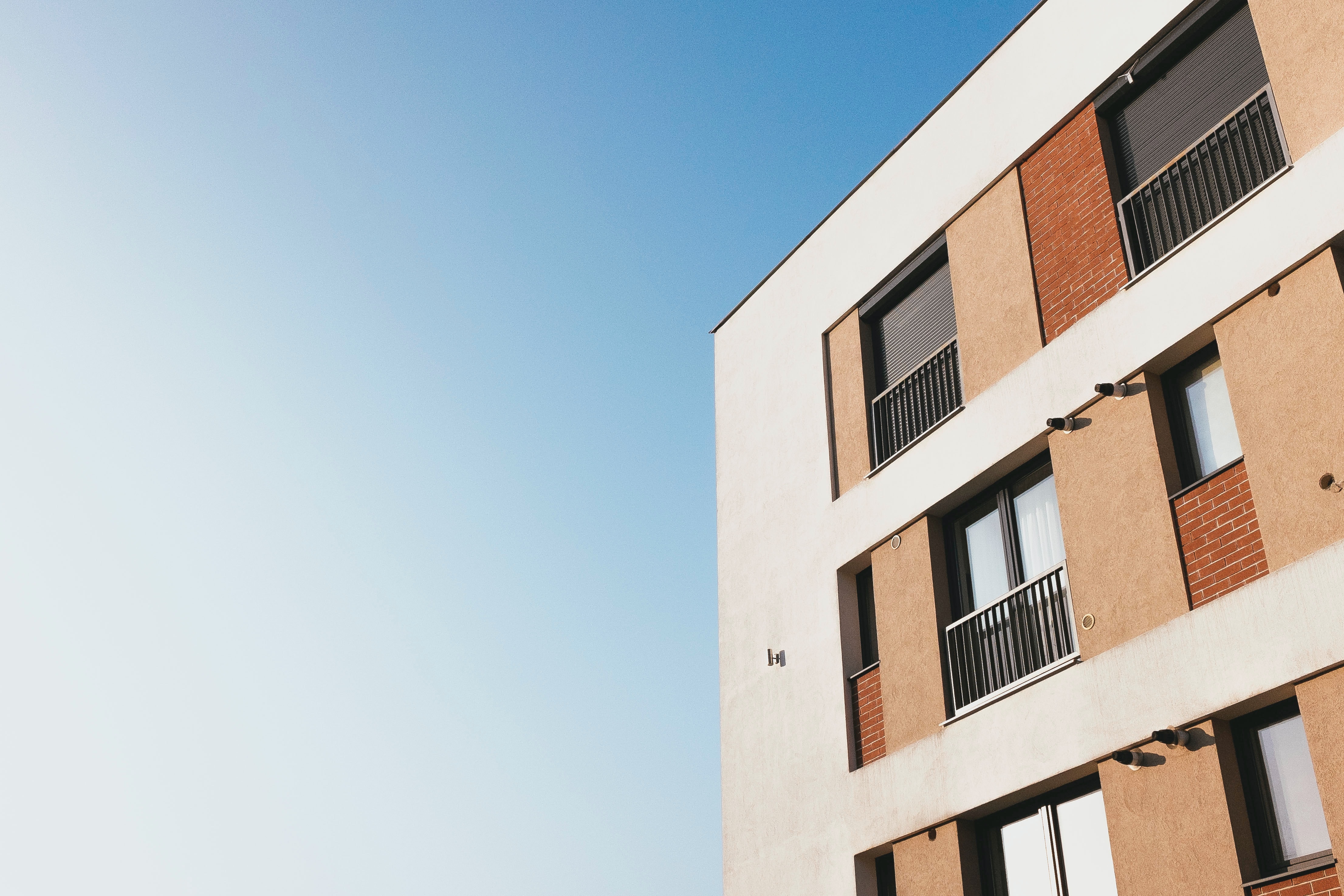Sustainable buildings: climate adaptation and whole life costing
Project leads
Contacts

Mat Lown
Mat is TFT's Chief ESG & Knowledge Officer. He's a chartered building surveyor and a chartered project management surveyor with more than 25 years of working with many leading property companies, investors and asset managers.
Over the last 10 years, Mat’s focus has shifted towards sustainability and in 2007 he founded TFT’s sustainability consultancy. Mat and his team help TFT’s clients to understand the specific sustainability risks and opportunities when making property investment and development decisions. Ultimately, he would like to see sustainability becoming part of what constitutes best practice.
Mat’s passionate about sustainability and finds that writing and lecturing regularly for RICS and for other organisations is a means of expressing and sharing this enthusiasm. Mat’s articles regularly appear in Construction News, Estates Gazette, RICS and Property Week, and he is a lead author of the RICS Guidance Note, ‘Sustainability – improving performance in existing buildings’. Also of note is Mat’s thesis, ‘Building a Greener Future’, which was published by the CIOB in 1991. He is a member of several sustainability committees including the British Property Federation, British Council for Offices, CIC and Revo.
Mat is interested in how great buildings and places can create delight and he particularly enjoys the creative re-use of existing buildings. The South Bank is a great example of how a place can be rejuvenated by considered new interventions and careful restoration of the original building fabric.


As investors and occupiers place sustainability outcomes higher on their strategic priorities, TFT advice is helping project teams align their sustainable and commercial agendas. Here, we talk about climate change adaptation and whole life costing - two topics which directly marry up commercial and the sustainable concerns.
There are many opportunities to contribute to more sustainable outcomes across the building life-cycle, and to prove the commercial benefits of doing so. TFT Sustainability Associate, Oliver Morris, spoke at the RICS conference on this topic, drawing on TFT's experience in project teams and as client advisers for building investors and occupiers alike.
Looking for an introduction to aligning commercial and sustainable outcomes? This article explains the importance of long-term thinking and TFT's approach to design for performance, here.
In this article, we'll discuss two issues which affect the whole project team and directly impact building longevity and value.
Climate change adaptation
One of the most acute risks to sustainable building performance for investors and building owners is the impact of extreme weather patterns.
The obvious impacts can include physical damage from wind, rain and flooding. But more extreme seasonal temperatures could negatively impact thermal comfort, or increase HVAC use to keep occupants comfortable through the year, which means more frequent plant maintenance or replacement.
Mitigating these risks means designing and building with future weather and climate projections in mind. The most adaptable and durable buildings will maintain their physical integrity and the comfort and wellbeing of its users – adding up to a better-performing asset in the long term.
Whole life cost analysis
In following a strategy for in-use performance, and factoring in the risks of climate change on a building’s future, whole-life costing analysis can help identify the value of building materials in terms of their contribution to a more useful lifespan.
Whole Life Costing allows us to understand the full picture of a building’s requirements across its lifecycle. It provides a commercial basis for improving specification and justifying sustainable materials or systems which improve the financial outlook across a building’s life.
By providing more transparency of potential costs through a building’s life cycle can give investors, development and asset managers more confidence in moving towards business ‘as unusual’ and realising the economic benefits of embedding sustainability as a core design principle. With the increasing Net Zero Carbon agenda within the industry undertaking Whole Life Costing with Whole Life Carbon (Confusingly the same acronym) assessments can highlight the relationship between reducing a building’s operational and embodied carbon emissions with operational costs.
These areas impact all aspects of the building lifecycle, and we at TFT have the scope to identify the opportunities and drive collective responsibility for acting on them. Challenging project teams and other stakeholders to move away from business as usual will be crucial to help us all advance better buildings for the future – and not a moment too soon.








